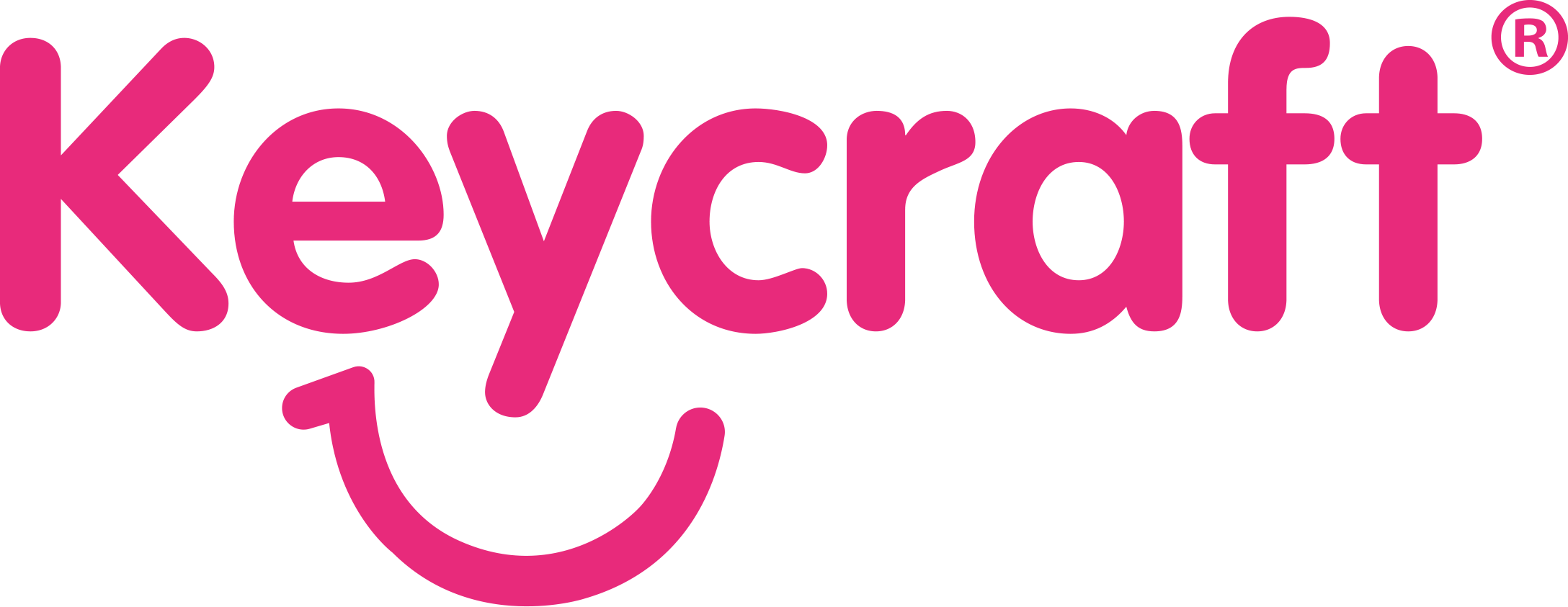News & Insights
Keeping abreast of innovative thinking and industry news gives us the competitive edge. Here are some interesting finds we’d like to share…

GUIDE: How to grow and hatch a Nurchums egg
A guide on how to nurture your Nurchums egg so that it hatches and grows into a new pocket money pet.

The benefits of adding a toy collection to your store
Discover why introducing a toy selection in your shop can increase profits.

Why do full display stands sell more toys?
Join us as we explore why visual merchandising is a fascinating science that every retailer needs to experiment with.

Top 10 Pocket Money Fidget Toys & Sensory Delights for 2021
Looking for the best wholesale fidget toys and sensory delights? Check out our top picks for 2021.

The 2021 'Pop Its' Craze; A low value, high-profit opportunity
Discover how Bubble Popper pocket money toys can help boost profit and footfall for your store or eCommerce site.

How can sensory marketing help you sell more toys?
Leverage the science of sensory marketing to positively engage your customers' emotions and increase in-store spending.

5 ways to boost impulse toy sales and profits
Learn how you can drive more impulse sales of toys and gifts to increase profits in your retail store.

How can retail theatre help increase profits in my retail store?
Learn how retail theatre can really drive your customers to purchase.

Retailers 10 most common Christmas grotto questions
We've collated the top questions we get asked from retailers about Christmas grotto's, read the answers here.

Why should retailers use seasonal events to increase footfall and profit?
Find out why small to medium retailers and family attractions should use seasonal events to increase footfall and profit.

5 Christmas marketing tips to fuel your toy campaigns
Get our top marketing tips for record-breaking toy sales this Christmas!

How retailers can benefit from impulse purchasing
What is impulse purchasing, how does it work, and how could it benefit your retail business?

How to add value in your tourist attraction retail store
These simple but effective tactics improve the retail experience and help generate more tourism customers.

Attract more staycation retail trade during the summer holidays
Make the most of the staycation trend this summer with effective retail marketing tactics that will help drive sales, even while the sun is shining!

